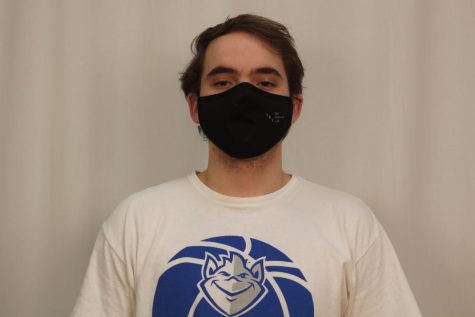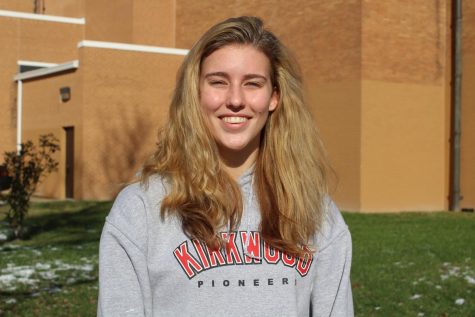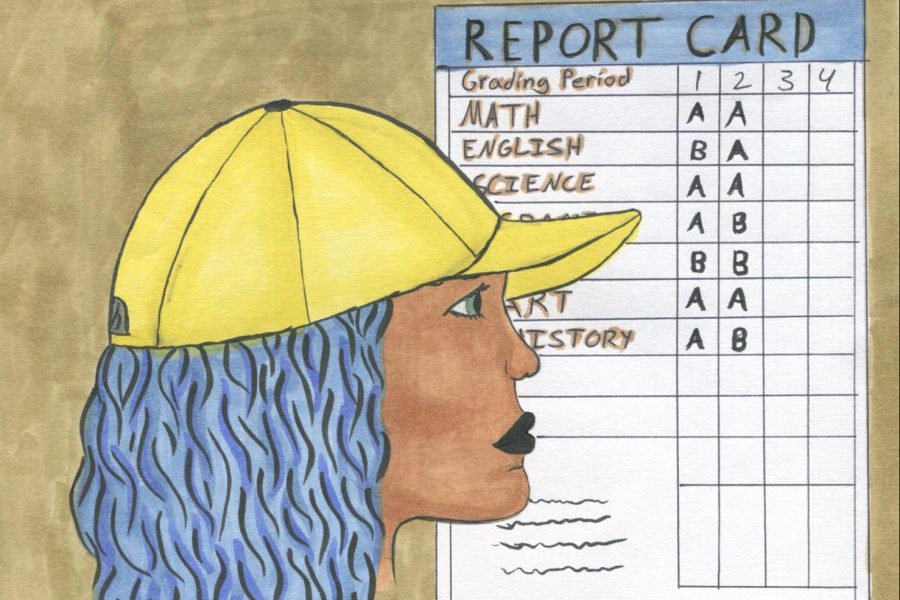Hats and hoods permitted in the updated dress code
KHS instituted a trial period in which the dress-code policy pertaining to the wearing of hats and hoods in school changed in January 2018. The change was the conclusion of ongoing discussions between administrators, and it allowed students to wear hats and hoods in school without reprimandations. As last school year ended and this year began, the policy has shifted from a preliminary stage to an official change.
One of the primary reasons for the policy’s change was due to discourse as to whether or not it realistically affected students’ abilities to learn. Proponents of each viewpoint — from hats and hoods causing distractions to just being articles of clothing — laid out their arguments until a final decision was reached.
“It was an ongoing conversation with the administrators and some teachers,” Dr. Michael Havener, KHS principal, said. “We had long conversations about if it was affecting education here [at KHS]. It was decided last January to have a trial period, and it went very well, so we decided to continue it through the end of last year and this year.”
Although the new policy allows students to wear hats and hoods at school, the ultimate decision as to whether or not they are actually permitted to wear them is out of their control. As with many other freedoms commonly given at KHS, including using phones and earbuds, the decision as to whether or not students are granted the freedom to wear hats and hoods is ultimately decided by the teachers.
“I kind of enforced [the hats and hoods policy],” Matt Stoner, social studies teacher, said. “When it was against the dress code, I just saw it as something that was a norm. Now that it’s not a rule, there’s no sense pursuing that kind of policy.”
Overall, the policy change has been received positively by students, with 89 percent of KHS students (327/369) saying they like being able to wear hats and hoods in school. In some cases, such as Charlie Quinlan, sophomore, wearing hats and hoods is less about learning and more about comfort.
“I think the policy should have been changed earlier,” Quinlan said. “They [hats and hoods] were never really a distraction and I think many people just wear them because they look cool and are comfortable.”
While some students may want more policy changes, administrators are not currently having any similar conversations. Although some students may feel that more could be done to provide “first-world freedoms” (things that aren’t necessarily needed and only increase the comfort of an already ideal situation), the administration is continuing to listen to and engage in feedback from students and teachers.
“There aren’t conversations happening right now that go along the lines of ‘hat rule’ and things of that nature,” Havener said. “ I don’t see anything on the horizon, but that doesn’t mean something won’t come up tomorrow.”
Your donation will support the student journalists of Kirkwood High School. Your contribution will allow us to purchase equipment and cover our annual website hosting costs.

he/him
Favorite musical artist: Polo G
Favorite quote: "Vivere memento."
Favorite Pantone shade:

Interests: Art/gymnastics/dance/music
Favorite food: Mac and cheese
Favorite quote: “One often meets his destiny on the road he takes to avoid it."
If...








